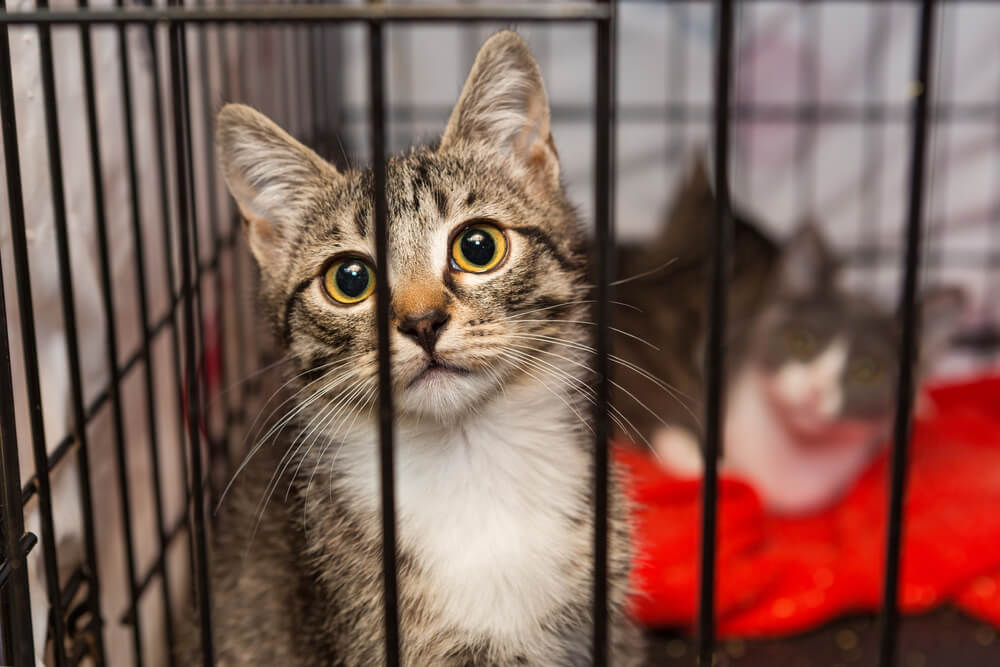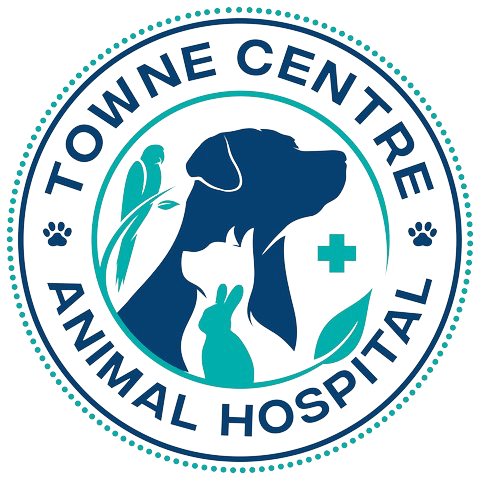
Family pets are a great way to multiply the love and laughter in a home and instill valuable lessons such as responsibility, compassion, and respect for all living things. But pets are also living creatures who deserve care, attention, and protection—making them a big financial and time commitment.
The decision to adopt a pet is significant and should be treated with care and consideration. Here are five steps from the Towne Centre Animal Hospital team to ensure your family selects the best pet for your lifestyle.
Step one: Ensure everyone wants a pet
This may seem like an obvious first step, but failing to consider each family member’s opinion can result in household tension or, worse, animosity toward the new pet. Gather your family together to gauge each person’s interest. Before presenting the idea to children, adult family members should carefully consider their current household routine and schedule to determine if there are sufficient time and resources available on a daily basis to devote to pet care. Consider how a pet may affect family activities outside the home, such as work, extracurriculars, and travel. Ask family members if they are willing to sacrifice, alter, or rearrange these events to accommodate a new pet.
Step two: Discuss why each family member wants a pet
The answers to this question can help you establish what type of pet may be best for your family and avoid decisions based on more subjective desires or motivations, such as how a pet looks or its current popularity.
Make a love connection that lasts by matching your family’s motivations to the most suitable pet. Valid reasons for wanting a pet include:
- Companionship
- Caregiving
- Reducing pet homelessness
- Motivation to socialize or exercise
- Assistance or support
- Competition or sporting events (e.g., hunting, exhibition, herding, agility)
- Protection
Step three: Research pet lifetime costs and review your family budget
Pets are an ongoing expense that can range from nominal to significant. In addition to calculating upfront costs, such as adoption fees, initial veterinary care and supplies to set up your pet’s home environment or habitat, consider ongoing expenses, such as food, fees associated with your rental or lease agreement, grooming, day care, and training, and unexpected costs, such as emergency veterinary bills or treatments for chronic conditions. Keep in mind that pet care needs and expenses increase as a pet ages. Use an online pet cost calculator to help you approximate potential totals, which you then can compare to your family budget.
Once you have an idea of how much your potential pet may cost, the Towne Centre Animal Hospital team recommends researching payment options that can make routine and unexpected veterinary care more affordable, such as pet insurance, pet care plans, CareCredit, or ScratchPay.
Step four: Discuss pet care responsibilities
Caring for a pet is a great way to teach children about responsibility and compassion for others. However, expecting a minor to consistently provide necessary care for a pet’s lifetime is unrealistic and potentially harmful to the pet. Instead of appointing one family member to handle pet care duties, create teams that include at least one adult and assign tasks for each team. This ensures the pet’s needs will be consistently met and provides built-in supervision for smaller children.
Evaluate each potential pet species or breed for their specific care needs. This includes:
- Feeding and watering
- Exercise requirements
- Environmental care (e.g., removing waste, changing bedding or litter, cleaning and disinfecting habitat, yard, or litter box)
- Grooming and husbandry (e.g., coat or skin care, bathing and brushing, professional grooming, nail trims, toothbrushing, ear cleaning, beak trimming, medication administration)
- Training
- Veterinary visit transportation and coordination
- Social interactions
Finally, consider how you’ll communicate the order of importance and completion of specific care tasks, as well as which team or family member is assigned to what duties. This may include group texts, chore charts and wheels, or household message boards.
Step five: Get firsthand advice and insights. Network with breeders, owners, hobbyists, veterinarians, and rescues about your potential pet

Once you’ve finished your research, carefully considered your family’s desires, reviewed your budget, and discussed care responsibilities, it’s time to start searching for your new family pet. After you’ve done your due diligence reviewing books and online resources, connect with people who are experienced and knowledgeable about your prospective pet species or breed. This can include your Towne Centre Animal Hospital veterinarian, reputable breeders, adoption centers and shelters, individual rescue groups, and hobbyists or enthusiasts who show or compete with your pet or breed of interest. Networking is the best way to learn firsthand, real-world insights about what it’s like to live with a specific pet or breed. These knowledgeable people also can help you find your new family friend by connecting you with breeders, pets in rescue, or adoptable shelter pets.
The secret to finding the best pet for your family is preparation, and the secret to good preparation is perspective. Remembering that your future pet will rely on your family for safety, food, shelter, veterinary care, unconditional love, and an exceptional quality of life can guide your steps and ensure you make the best possible decision.
Ready to start your search? Contact the Towne Centre Animal Hospital team for reputable breeder and rescue recommendations or for questions about breed or species-specific veterinary care.
